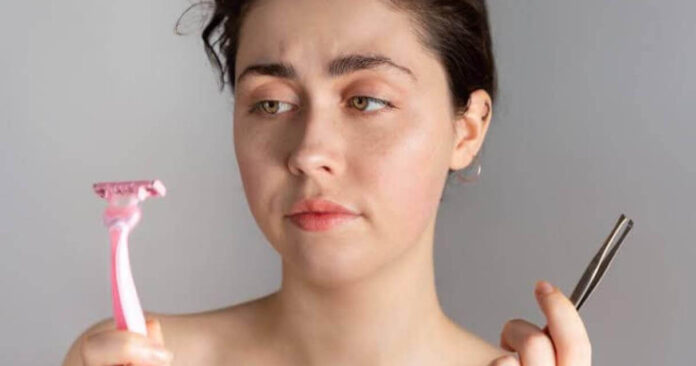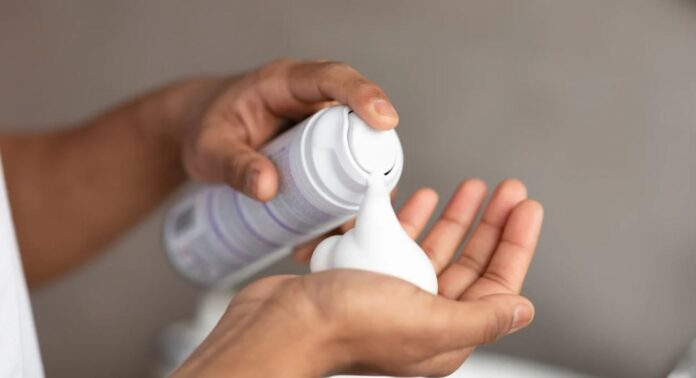Wet shaving has been a traditional way of shaving unwanted hair and has given a clean and gentlemanly look since the old days, so it has historical significance, too. Its popularity is the number of advantages it has over other shaving techniques, such as fewer chances of skin burns, reduced inflammation, etc. However, those who’re new to wet shaving or don’t know much about this concept might find it a little difficult to wet shave correctly.
The process is slightly more tricky and lengthy than dry shaving, which is why this article teaches what wet shaving is, why it’s so beneficial, and how to wet shave correctly.
Table of Contents:
- Part 1: What Is Wet Shaving?
- Part 2: What’s in a Wet Shaving Kit?
- Part 3: Dry Shaving vs Wet Shaving
- Part 4: How to Wet Shave?
- Part 5: Tips For A Flawless Wet Shave
Part 1: What Is Wet Shaving?
The concept of wet shaving states that the person moisturizes and softens their skin and hair first before shaving them off. This technique requires the use of water, shaving cream or soap, a razor, and a complimentary aftershave. The shaving cream creates a lubricating barrier to the skin so that it remains safe from the harshness of the sharp razor blades.
In wet shaving, multiple rounds of cold water rinsing are included, which further keeps the skin cool. In case of the slightest burns or minor cuts, the skin is relieved from the cream lather and cold water rinses.
The use of soap is less famous and not so widely used. Instead, most people use shaving cream. It’s a misconception that wet shaving is only for men because some women wet shave their facial hair or any other body hair too.
Part 2: What’s in a Wet Shaving Kit?
This section explains wet shaving kit contents and their significance:
Safety Razors
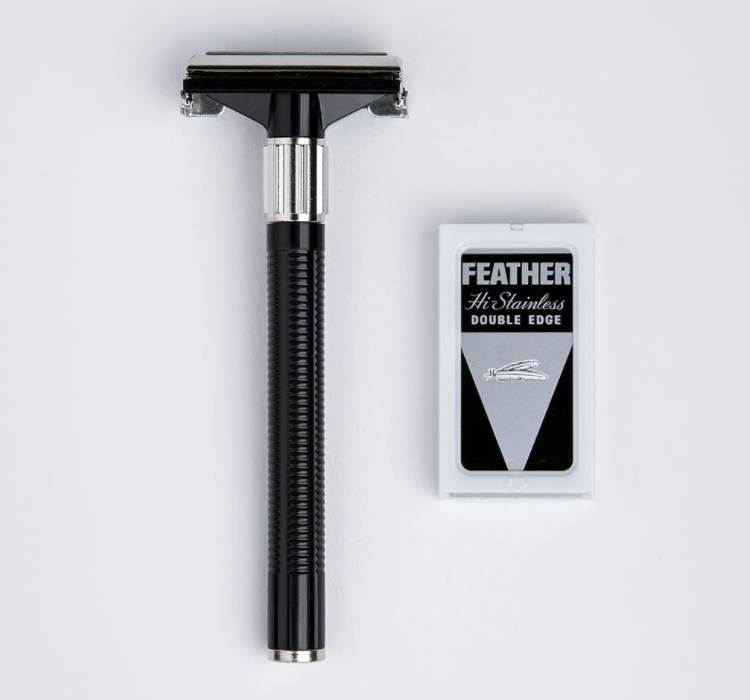
Safety razors are the primary razors that the person uses to shave all the hair. They typically have a rubber handle for better grip, offer a pivoting razor head, have one blade, and are usually designed for all skin types, including sensitive skin. Safety razors are unisex in terms of use.
Straight Razors
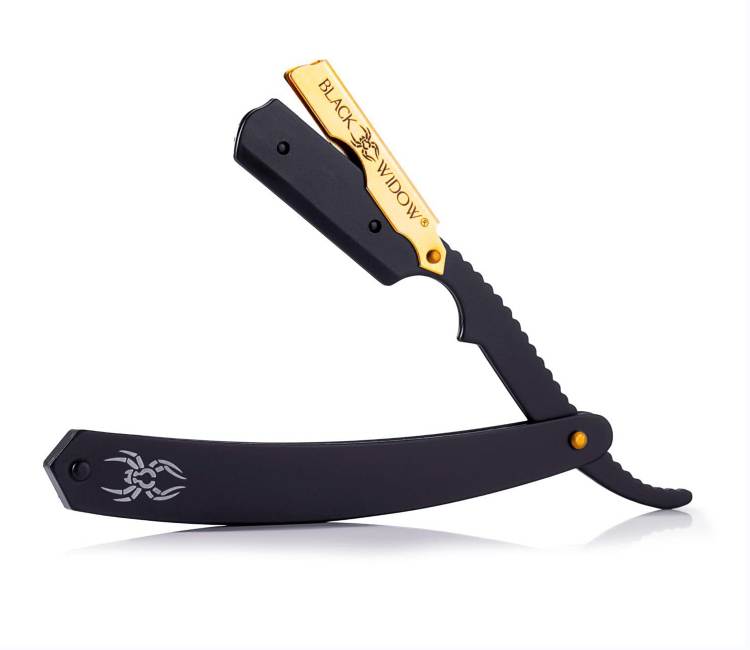
Straight razors are secondary razors with a foldable design, single blade, plastic handle, and detachable blades. These are mainly used to create beard lines on the face, neck, sideburns, etc. It’s not important that a person would use a straight razor every time. Straight razors are also used to casually shave any stray hair on the body.
Shaving Brushes
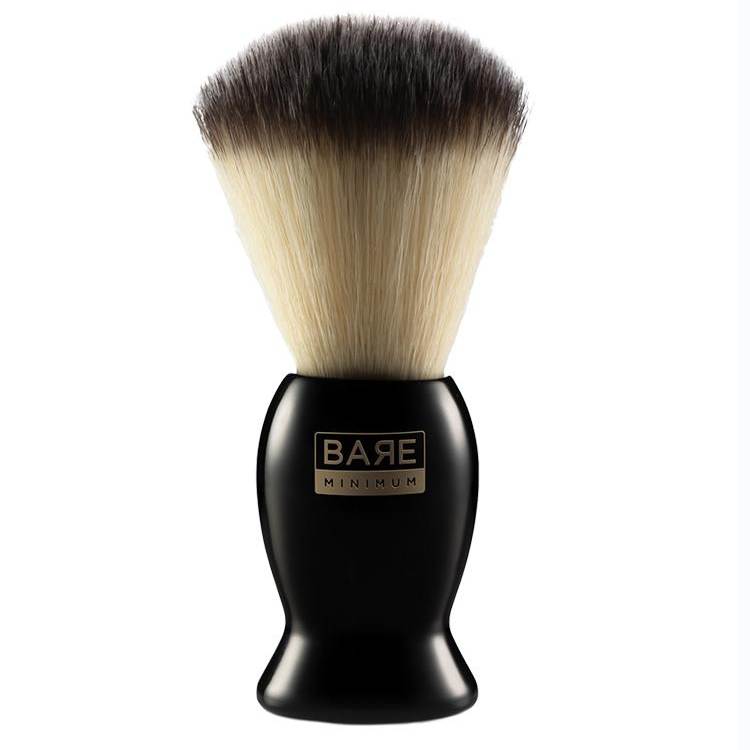
Brushes have soft and high-density bristles, usually mounted on a round handle. A shaving brush is used to lather and apply the shaving cream on the face.
Shaving Creams & Soaps
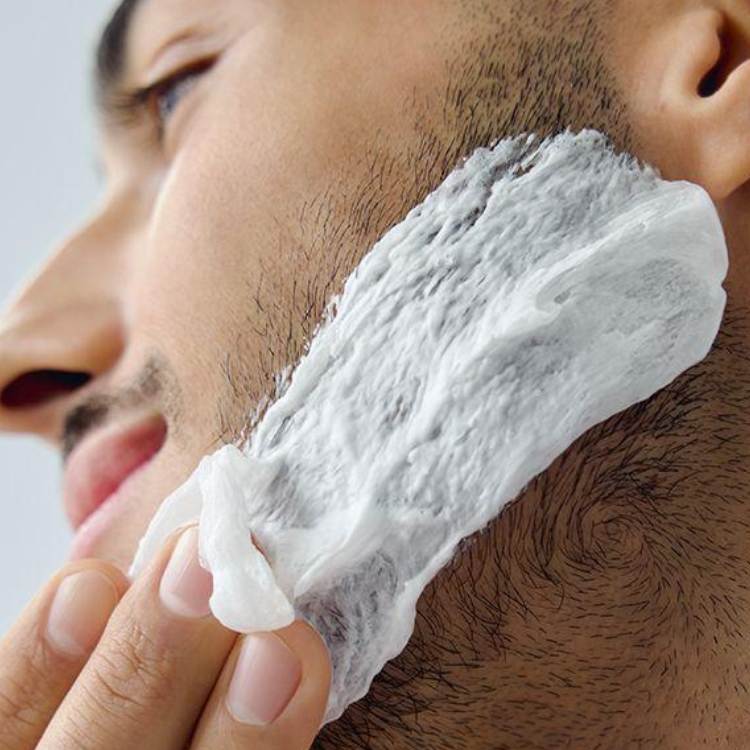
Shaving creams give a rich and creamy foam when whipped with the brush. They lubricate the skin to minimize the risk of razor cuts, burns, inflammation, or irritation. Some people substitute soaps with shaving creams, too, but the choice is a personal preference. Shaving creams contain water, Glycerin, Stearic Acid, Cetyl Alcohol and Stearyl Alcohol, aloe vera, Shea Butter, etc.
Part 3: Dry Shaving vs Wet Shaving
Dry shaving doesn’t require water, shaving cream, or soap, and it lacks lubricants. People dry shave using an electric razor, which cuts hair close to the skin. Dry shaving is usually a fast and convenient shaving method for those with a tight schedule, but it can sometimes cause skin irritation.
Disadvantages Of Dry Shaving
- Lacking lubrication can cause skin irritation because the blades remain in direct contact with the skin. Dry shaving can, therefore, be risky for sensitive skin.
- Dry shaving doesn’t give as close a shave as a wet shave.
- Dry shaving can cause hair tugging because gliding the razor without lubrication is rough.
- One cannot soften their skin and hair before dry shaving, which can increase friction and roughness on the skin. There’s a high chance of tiny cuts at a microscopic level.
- There’s no built-in cooling mechanism with dry shaving, unlike wet shaving where cold water and cream lather would give a cooling sensation.
- Dry shaving is ineffective on long hair because the razor struggles to glide through it. Therefore, trimming is a must in such a case.
- Razors can easily clog with cut hair and debris quickly while dry shaving.
Dry Shaving Vs. Wet Shaving: Comparison
| Comparison Basis | Dry Shaving | Wet Shaving |
| Lubrication | Limited lubrication; no water or shaving cream | Ample lubrication with water, shaving cream, or soap |
| Irritation | Higher risk of irritation due to lack of moisture | Reduced irritation with the use of lather and water |
| Convenience | Quick and convenient | Requires more time due to the preparation process |
| Suitability for Long Hair | Less effective for longer hair | More effective at cutting longer hair with proper preparation |
| Razor Burn | Increased risk of razor burn | Reduced risk of razor burn with proper preparation |
| Skin Sensitivity | Can be harsh on sensitive skin | Suitable for various skin types, especially sensitive |
Part 4: How to Wet Shave?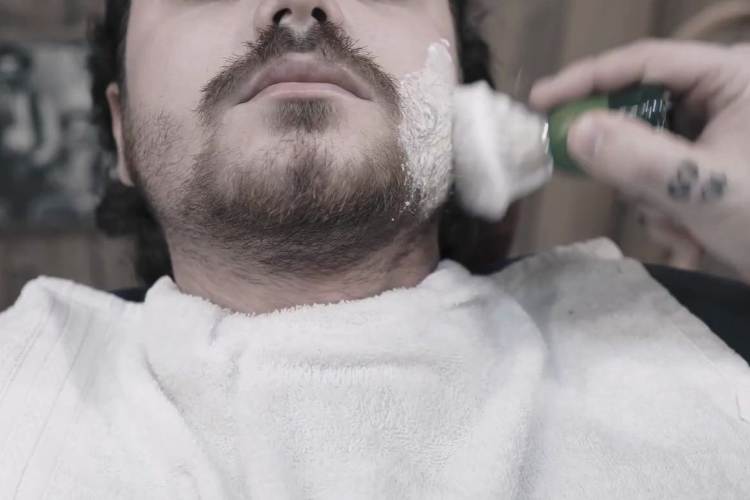
This section explains how to wet shave correctly.
Preparation
- If not already done, gather a wet shaving kit and replace the old blades with the new ones.
- Wash the face with soap and water and rinse properly. Pat dry with a terry towel.
- Ensure that the cream is not expired and wash the shaving brush properly with cold water.
Lathering
- Soak the shaving brush and put a drop of shaving cream or gel on it.
- Lather it on the face until it has a creamy foam texture.
- Cover the entire shaving area and leave it for 1-2 minutes.
Shaving
- Use a wet shaving razor and begin scraping from one end of the face, usually from the sideburns.
- Visually ensure that all the hair is shaved and no stray hair remains. If needed, redo lathering and shaving to get an even closer shave.
- Wash the face with cold water.
Aftershave Care
- Use an aftershave to give a manly touch and scent to the face.
- If needed, use a moisturizing lotion to nourish any razor cuts.
Part 5: Tips For A Flawless Wet Shave
- Always use a fresh blade for every shaving session.
- Ensure that the brush bristles are not worn out or else lathering can become difficult.
- To avoid any chances of ingrown hair, shave in the direction of hair growth.
- Stretching the skin will diminish the chances of razor cuts and will help the razor to glide smoothly.
- Never put excess pressure on the skin in pursuit of getting a close shave.
- Don’t scrape the same area twice. If the hair is still visible, do a second round of lathering and shaving.
- To avoid any chances of inflammation, use a moisturizer followed by an aftershave.

Conclusion
Wet shaving is indeed a long process but is worth the time because it can reduce the chances of cuts, burns, irritations, and wounds. Although wet shaving techniques are traditional, that doesn’t mean that new techniques are less effective.
A person needs to understand his priority when deciding between wet shaving and dry shaving, as both have their pros and cons. It’s always recommended to try out different methods to understand their suitability.

 By Jason
By Jason




